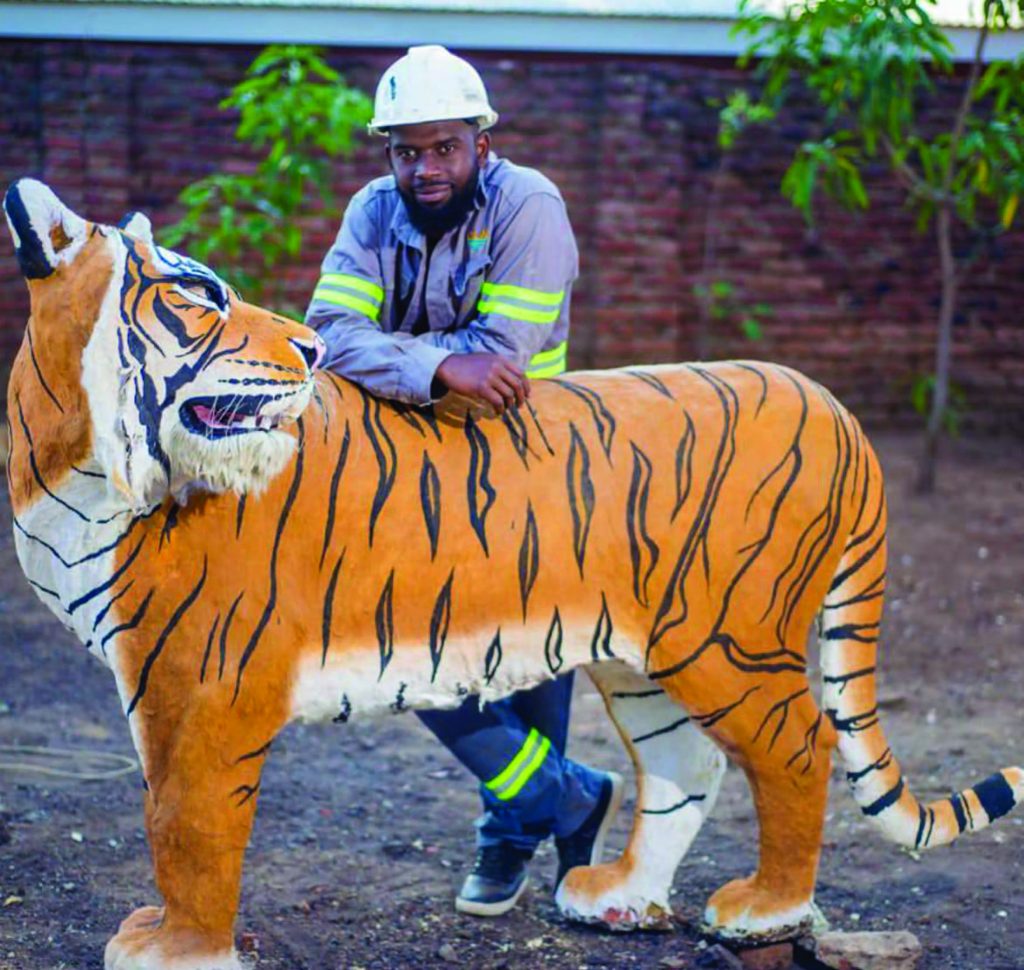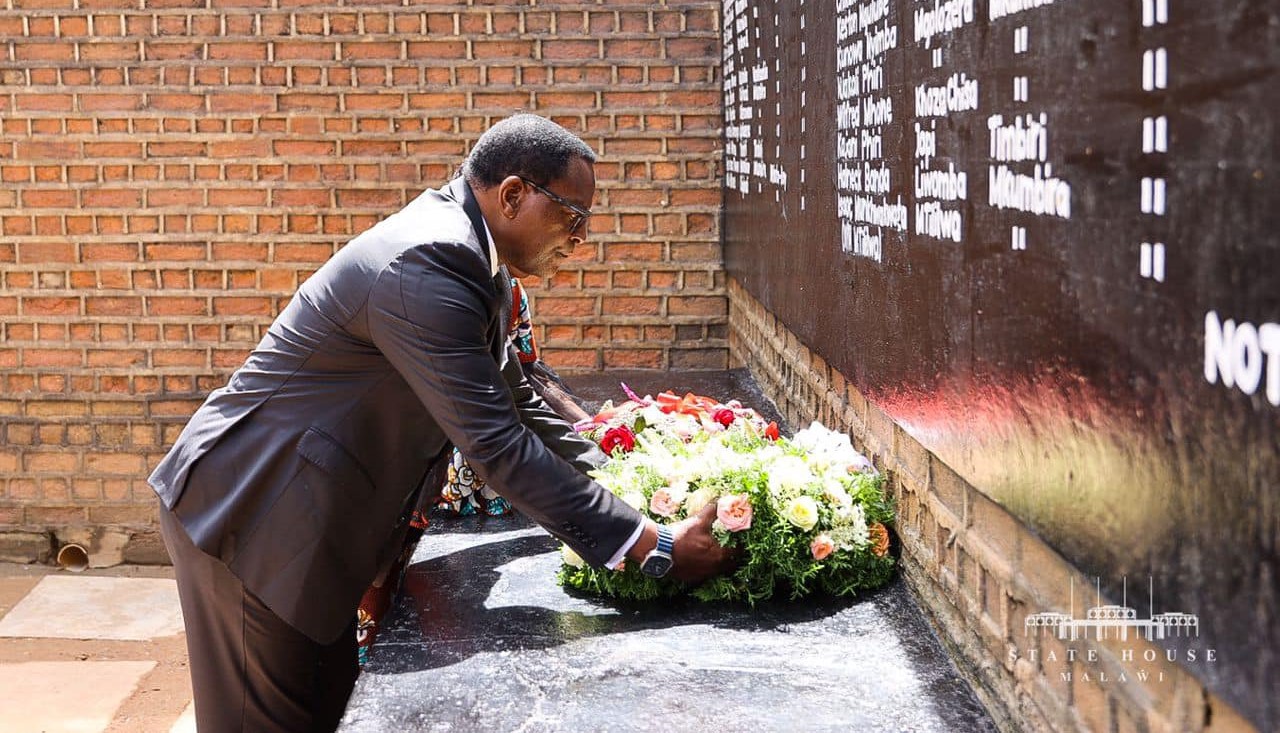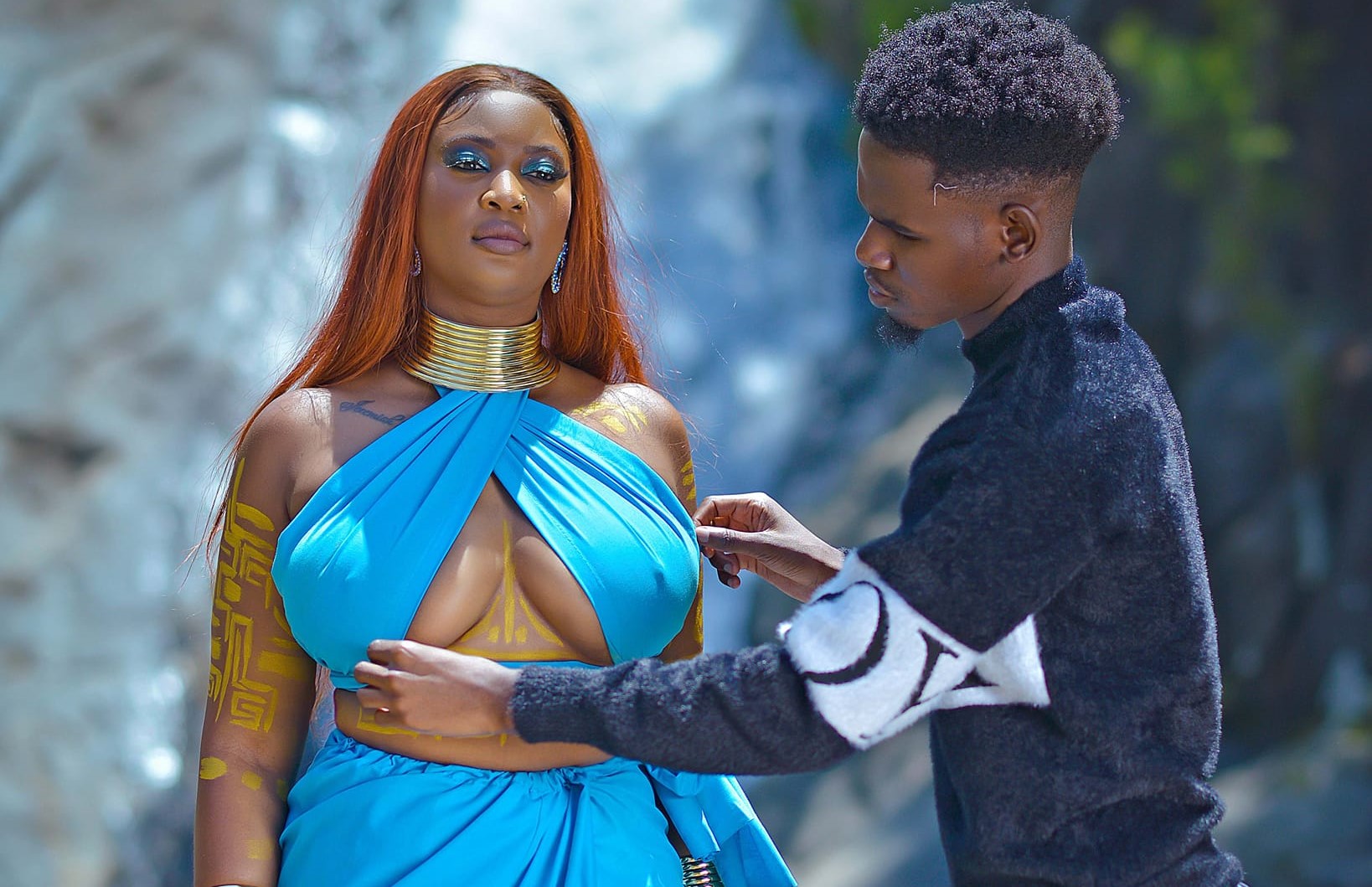The magical hands of Anthony
The country’s visual arts landscape is improving with the creation and release of some incredible artworks by different artists. Our Arts Contributor HOWARD MLOZI catches up with Patrick Anthony, one of promising fine artists, whose creative work has left a lasting impression.
The country’s visual arts industry is growing from strength to strength, particularly due to the dedication and improved zeal for creativity shown by different artists.

A 29-year-old Patrick Anthony from Chilomoni Township in Blantyre is one of the amazing artists whose intriguing work has stunned the industry.
Highly skilled in fine art, Anthony has produced a number of spell-binding art works whose concepts revolve around nature.
Currently, he has finalised work on three big projects which are awe-inspiring.
The first one is a leopard in a tree devouring an impala with scavenging ravens in the other branches of a tree waiting for the leftovers and live impalas standing at a distance, watching their mate meet its fate.
The second is two life-size tigers—male in front and female with with an angry face following behind. As aggressive and territorial they are, the female tiger appears to be chasing the male tiger.
And the third is a male lion going hunting alone.
Anthony says all the sculptures (a Lion, trees, leopard, dead impala, ravens and other two live impalas) in these projects are hand-made and artificial.
“I am passionate about nature and things that happen in real life. I just love my work to mirror what happens in our society in order to connect well with the people,” he says.
Anthony creates sculptures using locally found materials for different clients, including those in the hospitality, climate and wild life-related industries. He also creates animal and human sculptures for office complexes and residential areas for individuals.
Many people go to school up to the university to learn fine art. But one interesting thing is that Anthony has never attended any art school. His phenomenal artworks are derived from in-born talent.
“I never attended any art school to be able to produce these things. My art is in-born, no one taught me how to do it. I just developed the skills on my own from playing with clay soil to concrete sculptures,” he says.
He adds that he does not remember the exact year he started his fine art.
“What I know is that it all started when I was a kid. Even at the age of seven, I was able to create small animals, cars and humans from clay soil. It is that childhood imagination and creativity that has made me to become the artist I am today,” he adds.
Anthony describes his love for nature as a great source of inspiration for his work. However, he bemoans human activities, such as wanton cutting down of trees for charcoal burning, hunting and killing of wild animals.
“As someone who wants the modern generation to experience nature through my art, it pains me a lot to see nature being carelessly destroyed these days. This makes the rare species we have, such as animals, to become extinct,” says Anthony.
Despite market challenges, visual artists in Malawi remain dedicated to creating impressive products, according to the Visual Arts Association of Malawi (Vaam) acting president Gilbert Mpakule.
“Visual artists in the country deserve a part on the shoulder because they are doing all they can to improve their industry. They are not only dedicated at creating employment for themselves, but also maintaining our dying cultural values and expressions through their work.
“What is lacking is a strong support system to create a vibrant market for the art products. Therefore, I would like to urge government and the corporate world to come up with deliberate policies, such as allowing visual artists to display their products during important gatherings like national and regional meetings,” he suggests.
Anthony says he sees a lot of opportunities with the type of art he produces. But he wants connections with individuals, organisations and companies for his dream to materialise.
“I see a lot of opportunities with what I do. For example, I can collaborate with training institutions and organisations to teach others. At the moment, arts-based entrepreneurship is key to unlocking young people’s potential.
“As an artist, I also need to work with other artists both local and international so that I can maximise the reach of my products,” he says.





